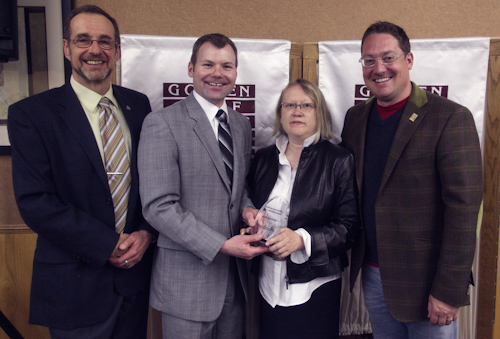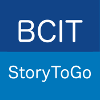Last week The Vancouver Sun‘s digital life writer Gillian Shaw approached Erica Hargreave to discuss the effect technology is having on literacy skills. An issue often discussed in the Ahimsa Media office and, it would seem, many other offices too. Gillian’s article went to press on Saturday, and it was fascinating to read the full analysis, and hear other opinions.
Gillian discusses the use of technology in our schools and the changing face of learning at home. Many, myself included, were initially fearful, of social media’s growth, particularly amongst children and teens. Spelling seemed to go out the window, closely followed by sentence structure and even sentences themselves. But Erica makes a great point about twitter’s 140 character rule: “with young people having to tighten up what they say, they are learning to write very precisely, to focus on what they want to say.”
Another educational tool which I had not previously considered is the ipad, Gillian writes: “Today’s preschoolers can read books on an iPad that brings the touch features of a traditional print book: they can flip pages and read it sitting on their laps in the back seat of the car, not only at a desktop or laptop computer. The digital version also brings enhancements, from Alice literally tumbling down the rabbit hole on the screen in Alice in Wonderland to books that read aloud and let children take part in the story creation and other features.”
Photo by Tim Bishop for Weber Shandwick Worldwide
One of the reasons we, at Ahimsa Media, love technology is the ease with which it allows us to interact with ease, and The Vancouver Sun piece reflected this. Less than a day after publication, an email popped into our inbox, from retired news reporter Alexander Young. He had just read the article and found us through it. It was timely as he has recently taken his first step into personal publication by beginning a blog, and he too has been pondering the issue of literacy.
He said: “As far as faulty spelling and grammar may be concerned, the point is whether the viewers of the writer can be understood. Take a look at usage in e-mail and facebook and twitter. It’s a fright if you insist on perfect spelling and grammar. But that, as I see it, is mainly because the people, especially the younger generations, who use those avenues of expression are in a hurry, they have little time for worrying about typos and grammatical niceties, and they comfortably use multitudes of abbreviations and graphic symbols. So cut them a little slack.”
So, as Gillian concludes that if technology is used correctly it can improve literacy. Please enjoy the full article here: Can technology improve literacy skills? Yes, if done right.
And in true interactive style we want to hear from you, do you agree or disagree?















